Rich Correll’s obsession with movie memorabilia began when he was a child, acting as Beaver’s best friend Richard Rickover on Leave It
READ MOREJuliet Bennett Rylah
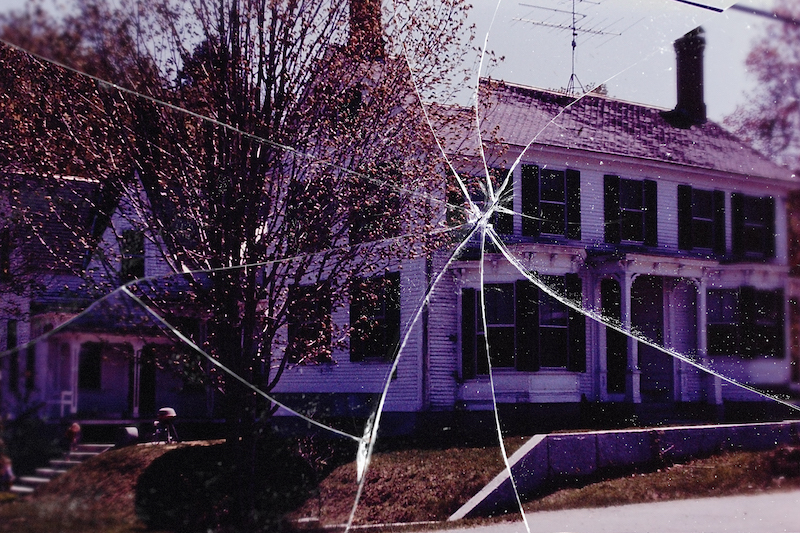
The Geffen’s Latest Show Takes Us to a Haunted House
The latest virtual offering from the Geffen ‘Stayhouse’ is Someone Else’s House. It’s a ghost story, the likes of which
READ MORE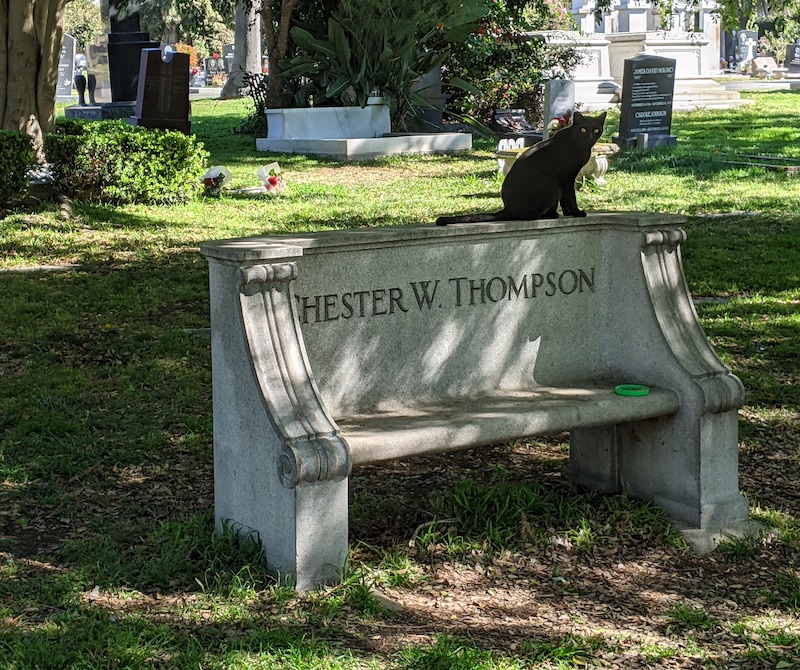
Meet the Animals of Hollywood Forever Cemetery
Closeup is a large, black cat who lives at the iconic Hollywood Forever. Karie Bible, who hosts the cemetery’s walking
READ MORE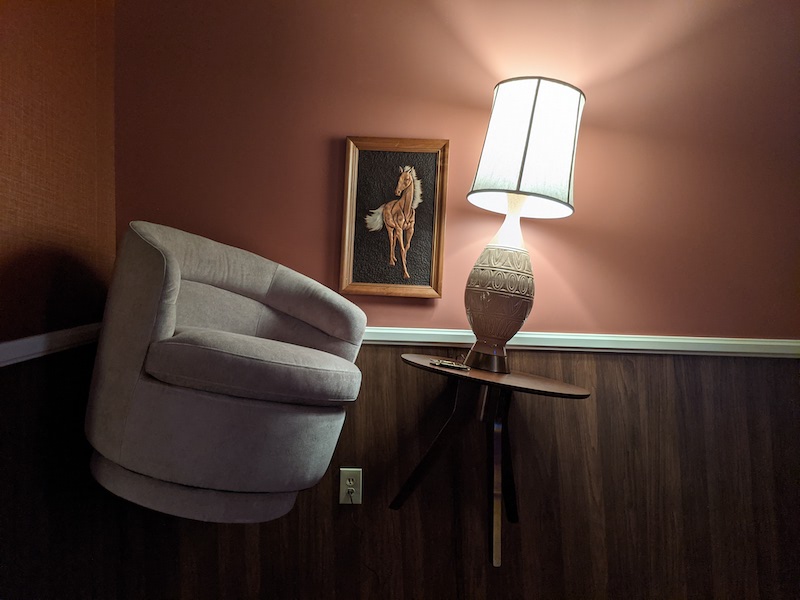
The Arts District’s ‘Madcap Motel’ is Trippy Retro Fun
The Madcap Motel is finally accepting tourists seeking an escape from reality after a very long delay. The retro space
READ MORE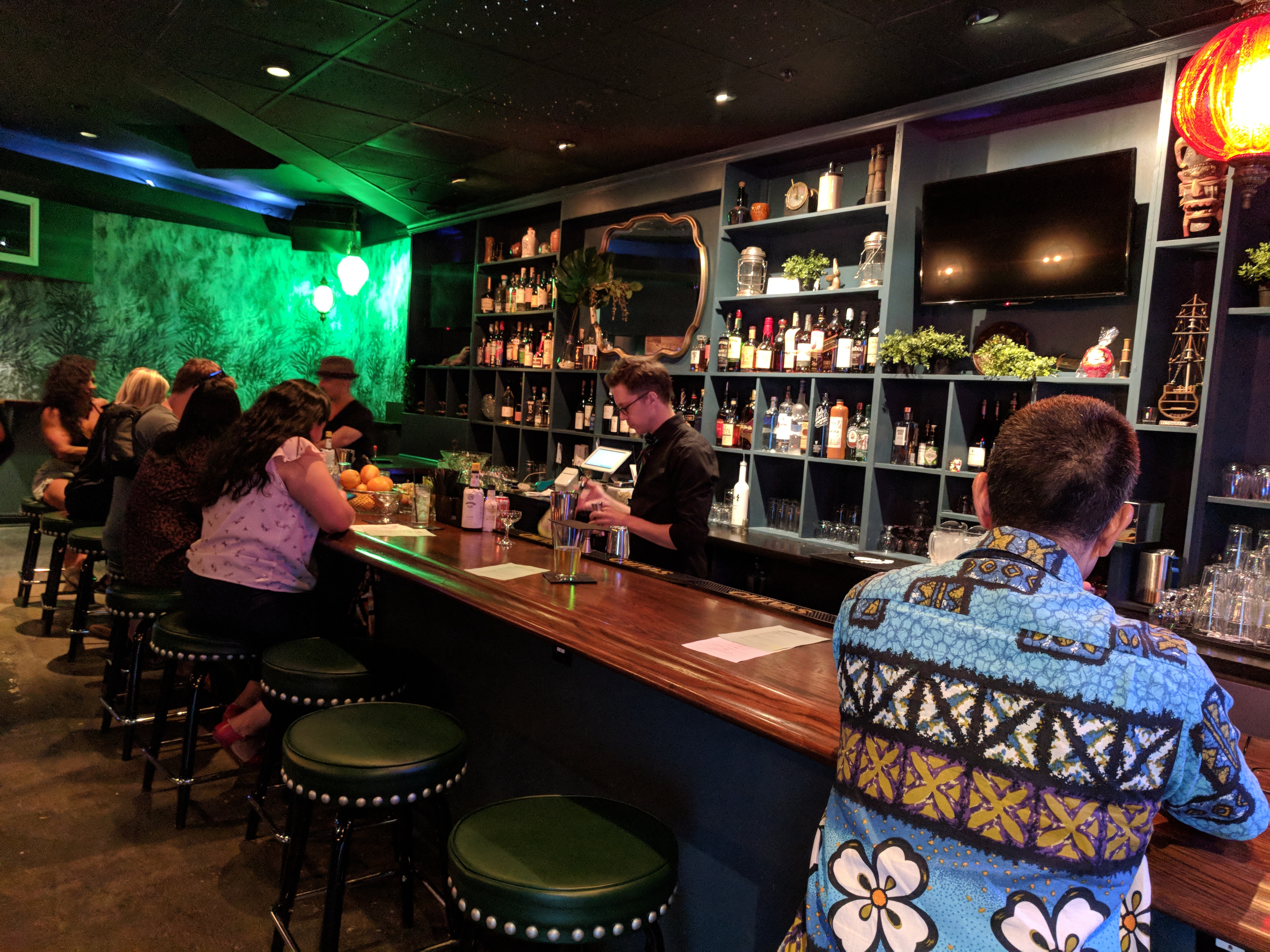
Here’s What Reopens When L.A. County Moves to the Yellow Tier
Yesterday, Public Health announced that Los Angeles County had met the requirements for the Yellow Tier, the least restrictive of
READ MORE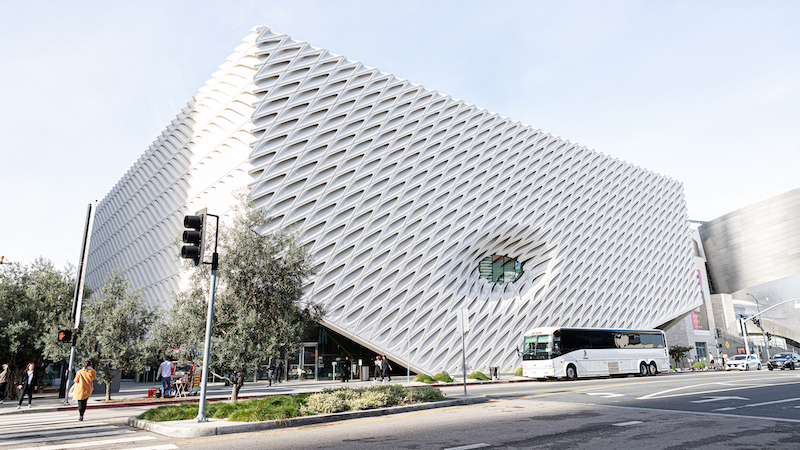
The Broad is Back on May 26
The Broad will reopen to the public on May 26, joining a slew of cultural institutions that have already welcomed
READ MORE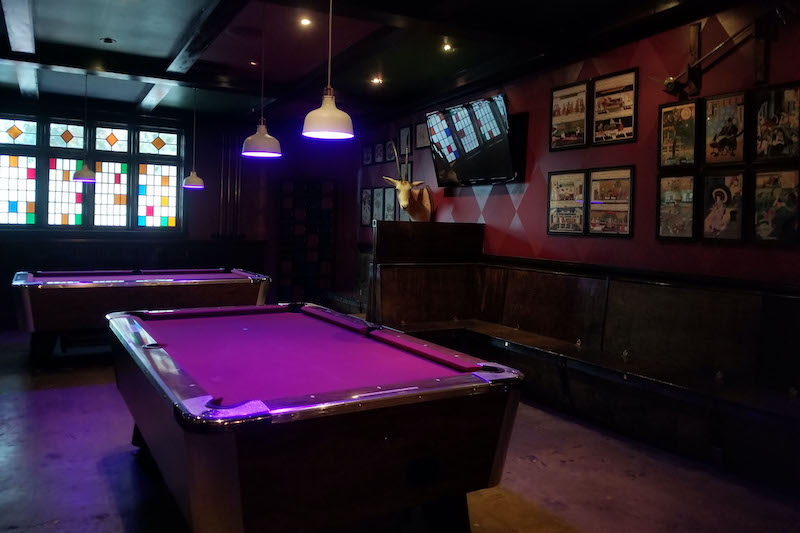
Private Clubs for the Vaccinated? One’s Coming to NoHo
In a few weeks, the North Hollywood cocktail bar known as The Other Door plans to reopen as Risky Business,
READ MORE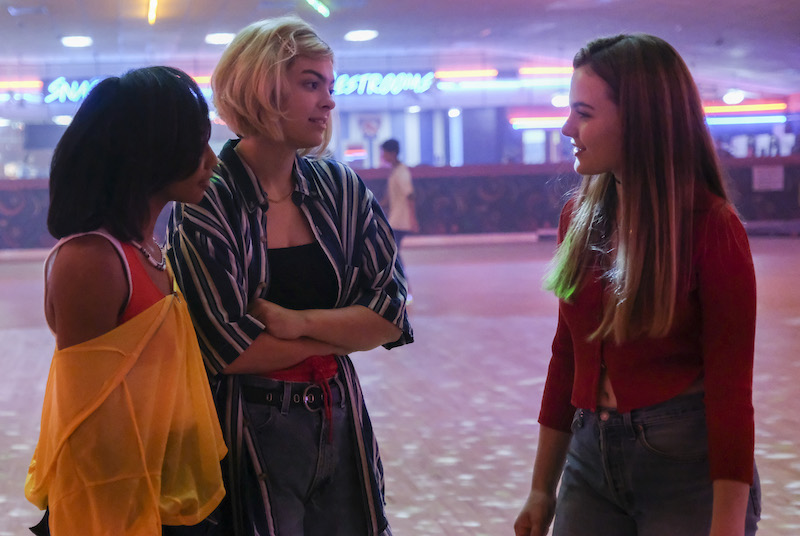
A ’90s Roller Rink Pops Up for Freeform’s ‘Cruel Summer’
A 90s-themed outdoor roller rink hits the Westfield Century City Mall on Saturday, April 24 and Sunday, April 25 for
READ MORE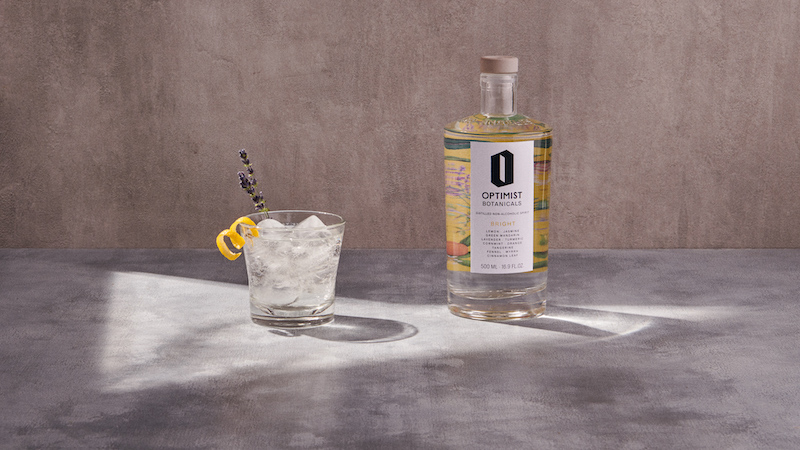
Two Local Distillers Explain the Non-Alcoholic Spirits Trend
I’ve never been much of an at-home drinker, but when the pandemic began, I found myself drinking at home quite
READ MORE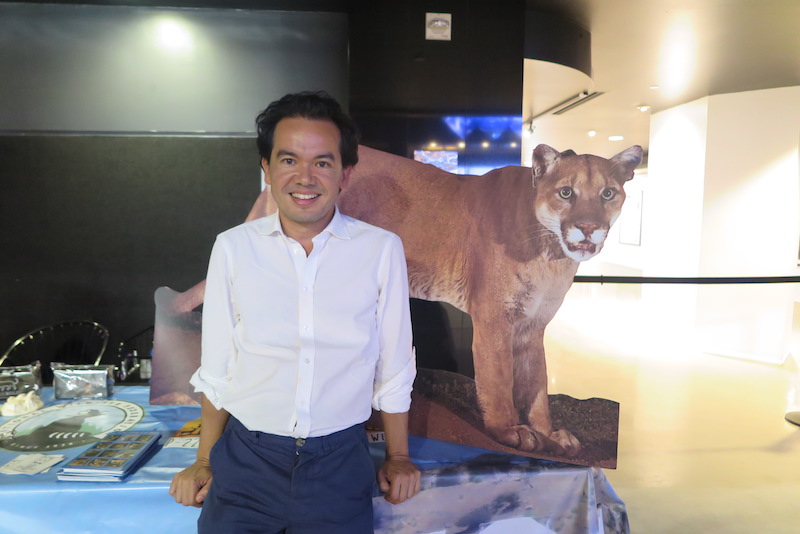
A New Kids’ Book Tells the Story of P-22 (And Why We Need a Wildlife Crossing)
P-22 lives alone in Griffith Park, where food is plentiful, but company is nonexistent. Cut off from potential mates by
READ MORE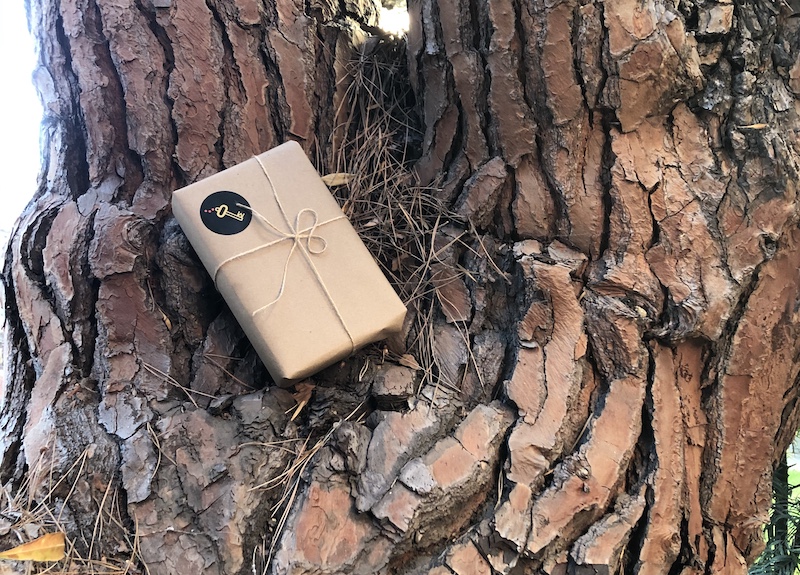
Get a New Book at This Weekly Literary Scavenger Hunt
For those who’d like their next book to come with a bit of adventure, the LA Book Scavenger Hunt hides
READ MORE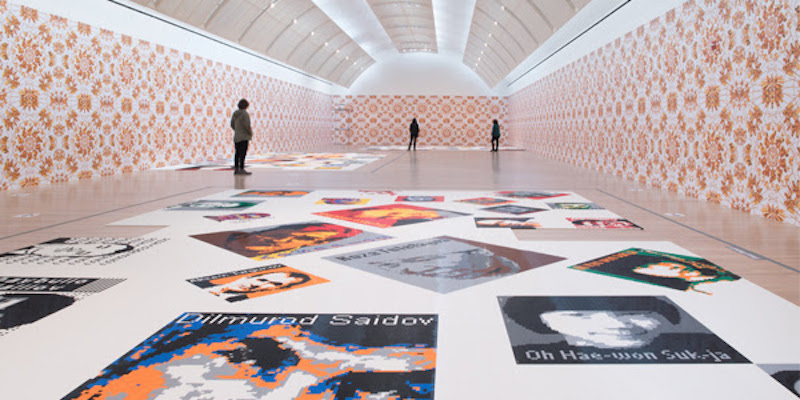
The Skirball Reopens on May 15 With New Ai Weiwei Exhibit
The Skirball Cultural Center will reopen on May 15 with a new exhibit from artist and activist Ai Weiwei that
READ MORE